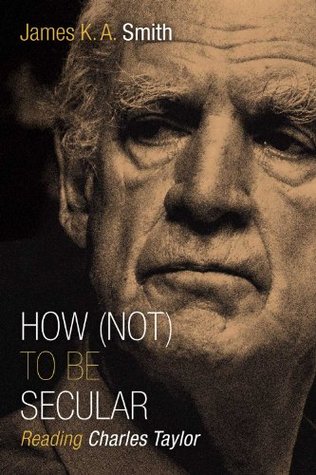More on this book
Community
Kindle Notes & Highlights
Read between
April 5 - August 3, 2019
How difficult is it to live without mnemonics of faith? icons, totems, . What thing on your desk, in your car, home, business or on your person moves you to thanksgiving and worship. What phrases do we use to express gratitude? Our giving? Poor?
How oriented (trained] is your imagination? What are our cultural [secular] and family liturgies?
How then shall we Live? Schaefer.
How can our faith, our family survive to become Salt and Light?
What is our
Film, Gratitude.
Discovery Time; assessing our daily gratitude output.
Books-Films-Art-Music
What makes this a place to worship? What if we offered our Youth a way to worship that would blow their socks off? Staid. Me.
You’ve realized that instead of nagging questions about God or the afterlife, your neighbors are oriented by all sorts of longings and “projects” and quests for significance.
“immanent frame”;
“exclusive humanism”
a way of being-in-the-world that offers significance without transcendence.
To what extent do we “believe” like exclusive humanists?
docent
The existential world is
archaeology of our angst.
bear witness to the divine for a secular age.
globalized,
cosmopolitan,
plur...
This highlight has been truncated due to consecutive passage length restrictions.
pre...
This highlight has been truncated due to consecutive passage length restrictions.
“cross-pressured” situation
intuit
messier
than many would lead us to believe; that tr...
This highlight has been truncated due to consecutive passage length restrictions.
imma...
This highlight has been truncated due to consecutive passage length restrictions.
bleed into one ...
This highlight has been truncated due to consecutive passage length restrictions.
haunted by the ghosts of a secular age.
they refuse to retreat to
homogenous zones of shared plausibility structures.
Taylor’s Secular Age amounts to a cultural anthropology for urban mission.
It not only makes unbelief possible; it also changes belief — it impinges upon Christianity
cultural hooks
examples that might resonate with younger readers.
including their malaise.
curiosity about higher things comes naturally, it’s indifference to them that must be learned.
haunted by transcendence?
Could we imagine an existential map of our secular age that would actually help us to locate ourselves and give us a feel for where we are?
They do nothing to map the existential wilderness of the present
existential cartograph should also help us feel the suffocating immanence that characterizes late modern existence, even for “believers.”
Charles Taylor’s Secular Age is that kind of book.
“secular age” — this pluralized, pressurized moment in which we find ourselves, where believers are beset by doubt and doubters, every once in a while, find themselves tempted by belief.
globalized Gotham,
Haunting Immanence
faith endures in our secular age,
believing doesn’t come easy.
We’re all Thomas now.
but by giving us the words to name what we’ve felt.
‘the wake-up call to mortality’
the language of death is democratic
“I don’t believe in God, but I miss Him.”
In her much-discussed book When God Talks Back, anthropologist Tanya Luhrmann asks: “If you could believe in God, why wouldn’t you?” At the same time, she concedes: “It ought to be difficult to believe in God.” To live in a secular age is to inhabit just this space and tension. What are the implications of this for Christian witness in a secular age? How do we recognize and affirm the difficulty of belief?
“the notion of redefining the deity into something that works for you” nothing short of “grotesque”
“Missing God is focused for me,” he confesses, “by missing the underlying sense of purpose and belief when confronted with religious art” (p. 54).


